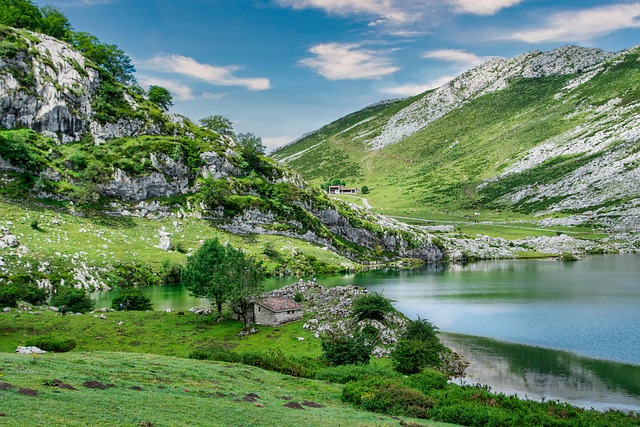A growing trend in urban real estate favors family-oriented parks and community centers, driven by a recognition of accessible green spaces as vital for community well-being and property value. These areas provide recreational activities, educational programs, and inclusive spaces that cater to all ages, promoting social cohesion and enhancing quality of life. Community centers act as hubs for social interaction, fostering intergenerational connections and cultural exchange through diverse programs. Designed for interaction and engagement, parks feature communal areas, varied play structures, and multi-purpose courts, while strategic planning ensures spontaneous interactions and stronger community bonds. Understanding human behavior in public spaces is key to creating environments that attract visitors and nurture meaningful connections.
Family parks and community centers are transforming urban landscapes, revolutionizing real estate development. The rise of family-oriented parks caters to the growing need for inclusive spaces, fostering local identities and strengthening social bonds within communities. This article explores these trends, focusing on how well-designed parks and centers encourage interaction, enhance engagement, and contribute to vibrant neighborhoods. We delve into the strategies behind creating vibrant hubs that cater to diverse needs, shaping urban areas into thriving, connected communities.
The Rise of Family-Oriented Parks in Urban Real Estate

In recent years, there’s been a noticeable shift in urban real estate towards creating family-oriented parks and community centers. This trend reflects a growing awareness of the importance of accessible green spaces for families and communities to thrive. Real estate developers and local governments are recognizing these areas as essential amenities that contribute to higher property values, improved quality of life, and stronger neighborhood bonds.
The integration of family parks and community centers is transforming urban landscapes, offering a range of benefits from recreational activities to educational programs. These spaces cater to all ages, providing safe environments for children to play, parents to relax, and families to connect. This shift in focus from purely commercial developments to inclusive, family-centric spaces marks a significant evolution in urban planning, prioritizing the well-being and cohesion of communities within the real estate market.
Community Centers: Fostering Social Bonds and Local Identity

Community centers play a pivotal role in fostering social bonds and cultivating a strong local identity, which significantly enhances the overall quality of life within any neighborhood or community. These spaces serve as hubs for residents to gather, connect, and engage in various activities, leading to a deeper sense of belonging and camaraderie. In today’s fast-paced world, where real estate developments often prioritize individual homes over communal areas, dedicated community centers become even more crucial, acting as the heart that binds diverse individuals together.
Through organized events, classes, and programs, community centers facilitate intergenerational interactions, encourage cultural exchange, and promote social inclusion. They cater to a wide range of interests, from sports and arts to educational workshops and support groups, ensuring that residents of all backgrounds find something that resonates with them. This inclusive environment not only strengthens the fabric of the community but also contributes to a vibrant and thriving neighborhood, making it an attractive place to call home in terms of real estate value and lifestyle appeal.
Designing Spaces that Encourage Interaction and Engagement

Family parks and community centers are not just about providing recreational spaces; they are also about designing environments that foster interaction and engagement among visitors. In real estate, location is key, but so is the quality of design. Incorporating features like communal seating areas, play structures designed for varied age groups, and multi-purpose courts encourages families to spend more time together and engage in diverse activities.
These spaces should be meticulously planned to create a sense of community. This can include dedicated areas for events and gatherings, as well as open green spaces that allow for spontaneous interactions. By understanding the dynamics of human behavior in public spaces, designers can craft environments that not only attract visitors but also nurture meaningful connections between them, ultimately enhancing the overall experience and strengthening the sense of community.






